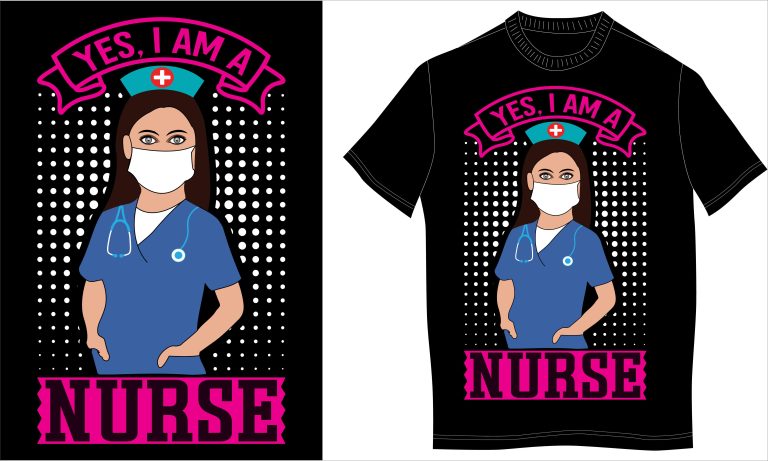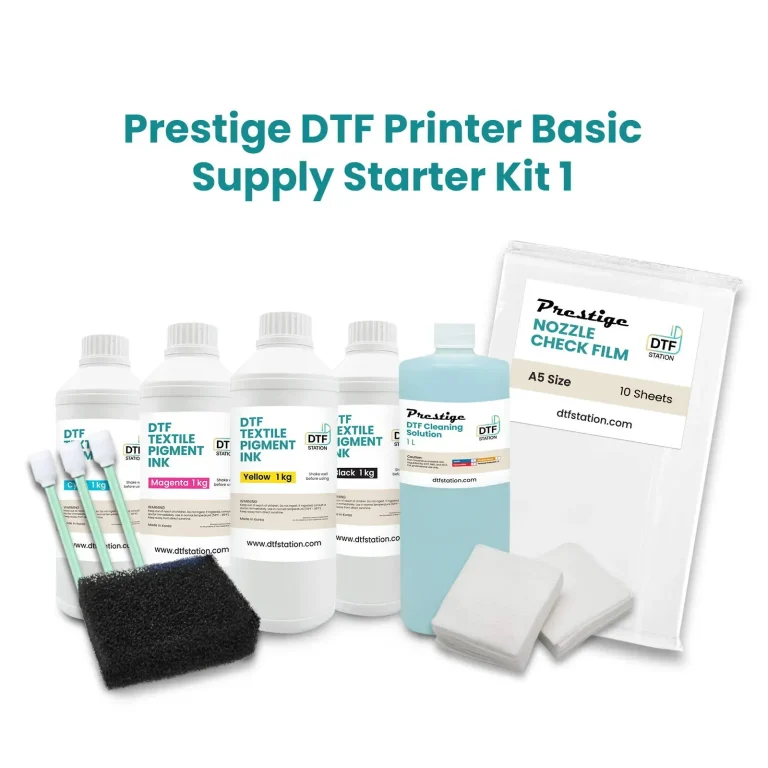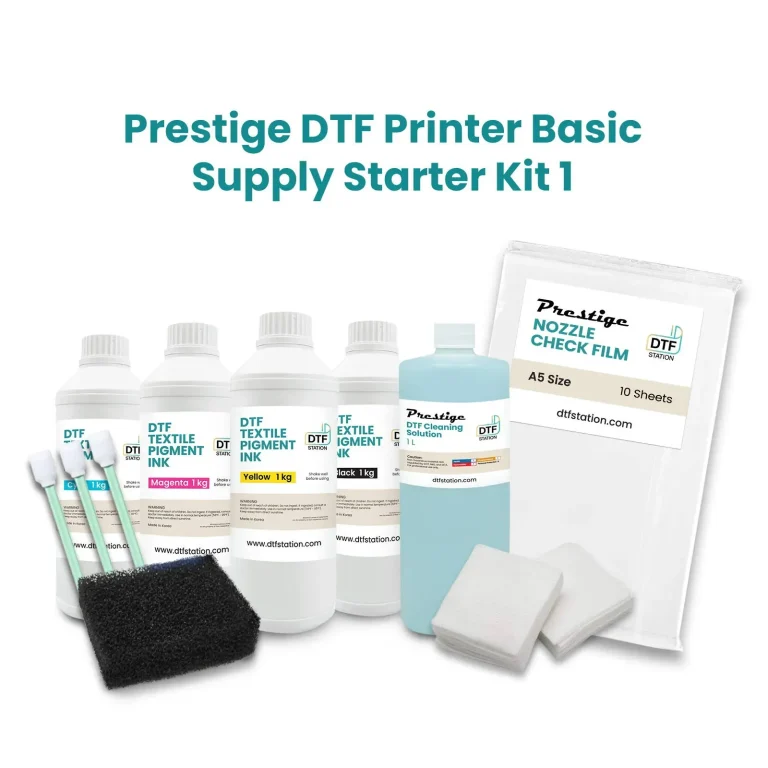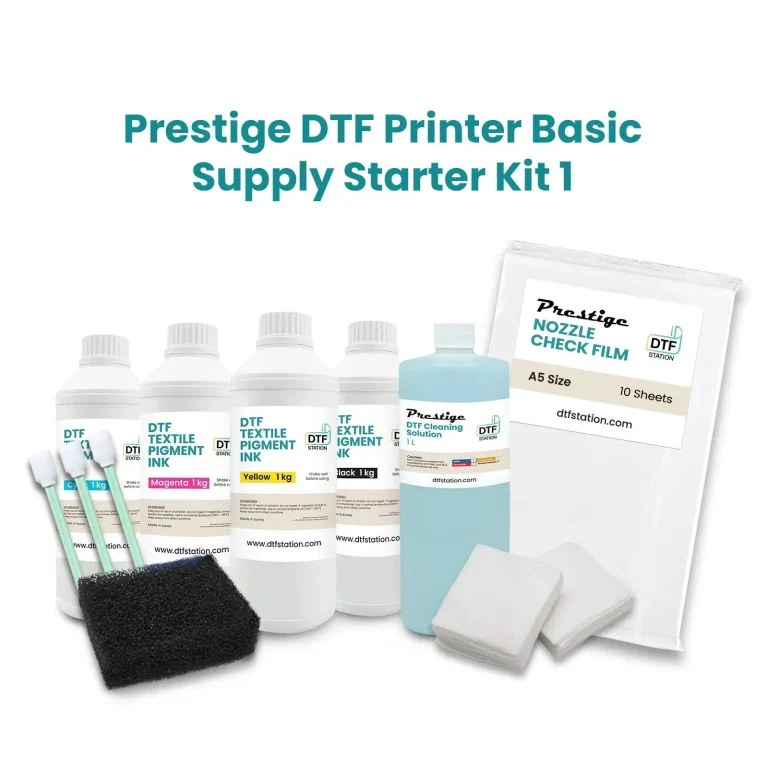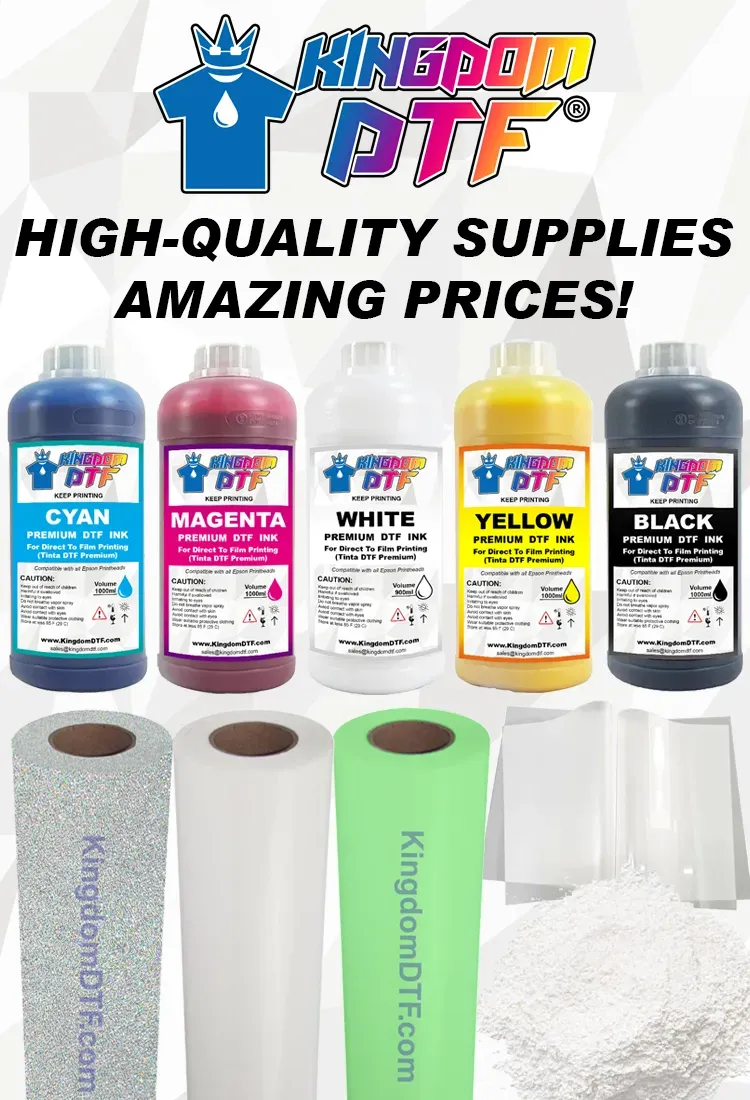
DTF printing supplies are pivotal in revolutionizing the way custom designs are applied to fabrics. As the popularity of Direct to Film (DTF) printing soars, understanding the essential materials such as DTF printers, DTF inks, transfer film, adhesive powder, and heat press machines becomes crucial for any printing venture. This innovative approach allows designers and businesses to create vibrant, high-quality prints that adhere effectively to various fabric types, making it an ideal choice for personalized apparel. With an increase in demand for bespoke printing solutions, suppliers are continually enhancing their offerings to meet the needs of both small businesses and larger brands. Navigating through the array of DTF printing supplies will empower you to improve your print quality and efficiency, ultimately driving your success in this growing industry.
Exploring the world of DTF supplies introduces us to vital materials required for successful garment printing. Direct to Film technology, often abbreviated to DTF, has emerged as a game-changer in the printing realm, particularly for those interested in custom textile designs. This method utilizes advanced printing devices, specialized inks, and unique transfer films to produce vivid and durable prints. Additionally, the integration of adhesive powder and reliable heat press machines ensures that printed designs are seamlessly transferred onto various fabrics with impressive durability. By leveraging these components, businesses can offer unique, customized products that stand out in today’s competitive market.
Understanding DTF Printers and Their Features
DTF (Direct to Film) printers are the backbone of the DTF printing process, responsible for creating high-quality prints that can be transferred onto various fabrics. These printers use specialized technology to precisely apply ink onto transfer films, which is pivotal in defining the quality of the final product. Modern DTF printers, such as those recently launched by EazyDTF, feature enhancements like high-resolution capabilities and faster printing speeds, making them ideal for both startup businesses and established brands looking for efficiency in production.
The choice of a DTF printer can significantly affect your operational workflow. For example, when selecting a printer, consider factors such as the width of the media it can handle, the print speed, and compatibility with different DTF inks. Advanced models integrate user-friendly interfaces, reducing the learning curve for new operators. Investing in a high-quality printer can drastically enhance print quality, reduce production errors, and ultimately increase customer satisfaction.
Essential Transfer Films for DTF Printing
Transfer films play a critical role in DTF printing as they serve as the medium for ink before it is transferred to the fabric. These films come in various quality grades, which directly influence the brightness and detail of the final print. Higher-quality films can withstand the heat and pressure during the transfer process, resulting in vibrant colors and clear designs that can endure repeated wash cycles.
When selecting transfer films, it’s essential to consider factors such as thickness and compatibility with specific DTF inks. Some films are specifically designed for various fabric types, including cotton and polyester, enabling greater versatility in your printing projects. Understanding the characteristics of different transfer films will help you choose the best option for your specific printing needs.
Choosing the Right DTF Inks for Quality Prints
The quality of DTF inks is vital to the overall success of the printing process. Not all inks are compatible with DTF prints; hence, investing in high-grade DTF inks specifically formulated for the process is crucial. These inks not only adhere well to transfer films but also maintain vibrancy and resist fading even after multiple washes, ensuring customer satisfaction.
Additionally, the selection of inks can impact the operational efficiency of your printing setup. Proper ink formulations may prevent clogging in the printer heads and reduce the frequency of maintenance required, allowing for uninterrupted production. It’s advisable to research reputable ink brands that have demonstrated their effectiveness in the DTF printing space.
The Role of Adhesive Powder in DTF Printing
Adhesive powder is an integral part of the DTF printing process, used to ensure that the printed inks from the transfer film adhere properly to the fabric during the heat-pressing stage. This powder is applied after the print is completed and is key to achieving a durable and long-lasting design. The correct application of adhesive powder can make a substantial difference in the quality of the transfer, helping to maintain a smooth finish and vibrant look on the garment.
Different types of adhesive powders are available, and understanding these can help optimize your printing capabilities. For example, some powders are tailored for use with specific fabric types, while others may provide better adhesion under different conditions. Experimenting with various options will allow you to find the most suitable adhesive for your projects, enhancing the overall quality and durability of your prints.
Selecting the Right Heat Press Machine for Effective Transfers
A heat press machine is essential for the final step in the DTF printing process, providing the heat and pressure necessary to transfer designs from the film to the fabric. The effectiveness of a heat press can significantly affect the quality of the completed garment, making it important to choose one with adjustable temperature and pressure settings tailored to your desired materials. Utilizing a heat press machine that maintains consistent heat can prevent issues such as ink bleeding or poor adhesion.
Recent advancements in heat press technology have introduced models that feature automated settings and quicker heat-up times, enhancing efficiency in your printing process. Investing in a high-quality heat press not only streamlines your workflow but also elevates the final appearance of your products, ensuring they meet customer expectations.
Recent Innovations in DTF Printing Supplies
The DTF printing industry is witnessing a significant transformation with ongoing innovations in supply technologies. Suppliers like Sam’s DTF Transfers have revolutionized the market by offering no-minimum custom printing solutions, catering to small businesses and independent creators. This flexibility allows companies to engage in print-on-demand orders, which is crucial in today’s fast-paced e-commerce landscape.
Moreover, industry leaders such as EazyDTF are investing heavily in expanding their production capabilities with new printer technology and supply systems. By increasing output capacity and reducing turnaround times, these innovations enable businesses to accept larger orders while maintaining high standards of quality, positioning them favorably against their competitors in the custom apparel market.
Frequently Asked Questions
What are the essential DTF printing supplies needed for beginners?
Beginners in DTF printing will need essential supplies including a reliable DTF printer, high-quality DTF inks, transfer films, adhesive powder, and a heat press machine. Each of these items plays a vital role in ensuring optimal print quality and durability.
How do I choose the right DTF printer for my business?
When choosing a DTF printer, consider factors such as print resolution, speed, media size compatibility, and overall production capacity. Brands like EazyDTF offer models designed to meet the needs of both small businesses and larger apparel brands.
What types of transfer films are used in DTF printing?
In DTF printing, transfer films are available in various types, including rolls and sheets, differing in quality and thickness. High-quality transfer films enhance the vibrancy and detail of prints, ensuring a superior final product.
Why is it important to use specialized DTF inks?
Specialized DTF inks are formulated to adhere effectively to transfer films and fabrics, providing vibrant colors and durability. Using the right DTF inks minimizes issues like fading or cracking, ensuring long-lasting prints.
What role does adhesive powder play in the DTF printing process?
Adhesive powder is applied to the printed transfer film to promote adherence to fabrics. This powder is essential for achieving a smooth transfer and contributes to the overall durability of the print on the garment.
What should I look for in a heat press machine for DTF printing?
When selecting a heat press machine for DTF printing, ensure it has adjustable temperature and pressure settings. These features are crucial for accommodating various fabric types and achieving successful transfers.
| Key DTF Printing Supplies | Description |
|---|---|
| DTF Printers | The main device used for DTF printing, essential for achieving high-quality designs. |
| Transfer Films | Specialized films that transfer designs from the printer to the fabric, available in various quality levels. |
| DTF Inks | Specific inks that adhere well to both film and fabric, ensuring vibrant and long-lasting prints. |
| Adhesive Powder | Powder used to enhance the bond between the printed film and the fabric, crucial for durability. |
| Heat Press Machine | A machine essential for transferring designs from film to garments, requiring precise settings. |
Summary
DTF printing supplies are essential components that every custom printing business must understand to achieve quality results. From the DTF printer, which is fundamental for producing high-resolution designs, to the specialized transfer films and inks that ensure vibrant colors, each supply plays a crucial role in the DTF process. The introduction of innovative heat press machines and adhesive powders further enhances the efficiency and durability of prints. As the DTF printing landscape continues to evolve, staying updated on these supplies will empower businesses to meet the growing demand for customized apparel, ultimately positioning them for success in a competitive industry.

